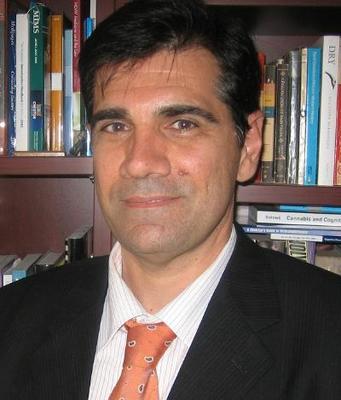By JOHN VAN KLAVEREN
Geelong has the highest frequency of drug overdose deaths in regional Victoria, a report to the Victorian Coroner’s Court has revealed.
Geelong had 111 overdose deaths between 2009 and 2015, the report showed.
Ninety-four deaths involved pharmaceuticals, 40 were due to illegal drugs and 32 were from alcohol.
The average annual rate of overdose deaths in Geelong was 7.3 per 100,000 of the population per year.
The report revealed a concerning rise in heroin overdoses across the state, including in Geelong.
The issue raised concerns to the extent that Victoria Police and the Coroner’s Prevention Unit have begun investigating whether increased drug-purity was responsible for the high rate of deaths.
The number of heroin deaths remained steady between 2009 and 2014, ranging from 127 to 137, but jumped to 168 in 2015.
Heroin contributed to 943 deaths over the period, with more overdoses than for any other drug except Diazepam.
The rise in heroin-related overdose deaths concerned authorities because the drug contributed only a small percentage of drugs offences, especially compared to ice.
Dr Matthew Frei, clinical director at drug and alcohol centre Turning Point, said the figures were high for a regional city like Geelong.
“There are probably a whole lot of factors working in concert to produce a result like that,” Dr Frei said.
“The figures could suggest a shift back to heroin use, which peaked in the ’90s when it was cheap and easy to get.
“Since then there has been a rise in the use of prescription or over-the-counter painkillers related to heroin, like morphine.
More recently there has been a clampdown on prescription drugs, with tougher monitoring of them and increased education of doctors around their risks.
“There have also been changes to the way these drugs are made so they cannot be injected now.
“It looks like we have come full circle. Added to that is that whereas heroin use was once part of a youth culture, it’s spread across a greater demographic these days.”
Dr Frei said a real-time prescription-monitoring system would help account for the amount of prescription dugs available.
“But that alone won’t solve the problem. There needs to be more information and education available as well.
“Drug and alcohol services are pretty modest in Victoria, yet drugs are such an entrenched part of society.
“Given the prominence of drug use we need a proportionately strong drug and alcohol sector in the medical field to respond.”







